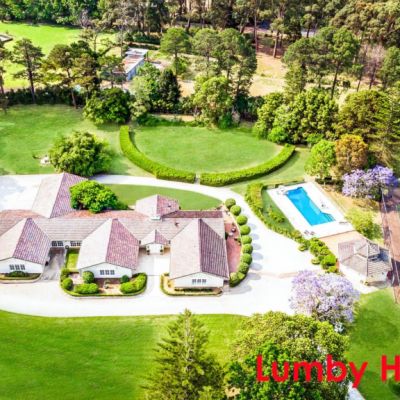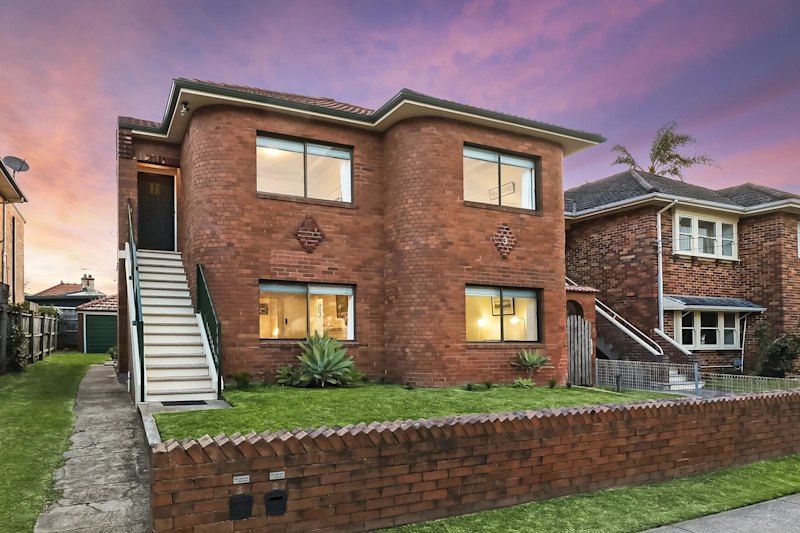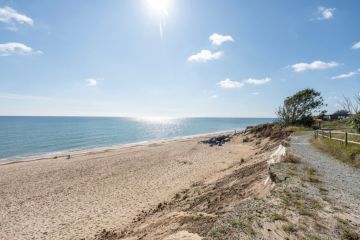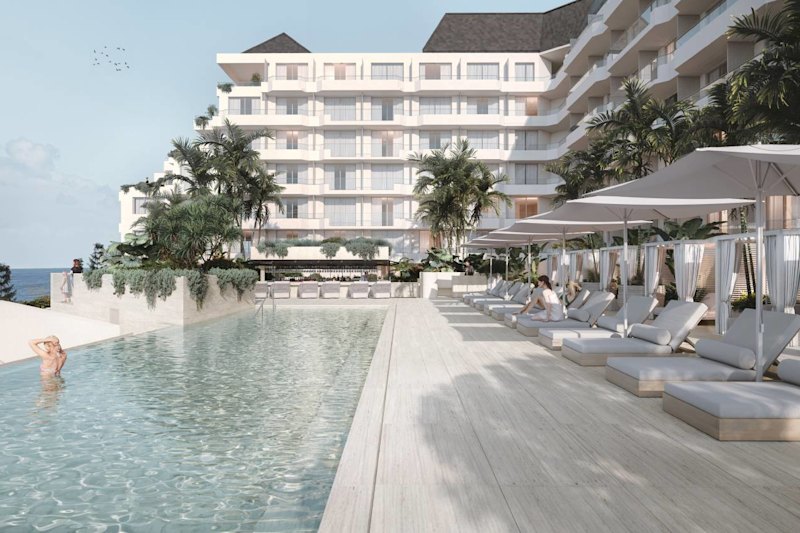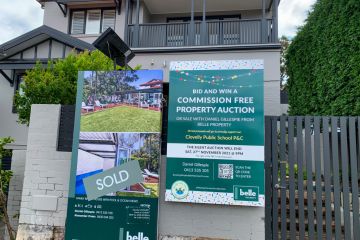Property outlook 2020: Australia's property market set to keep rising but will peter out mid-year, experts say
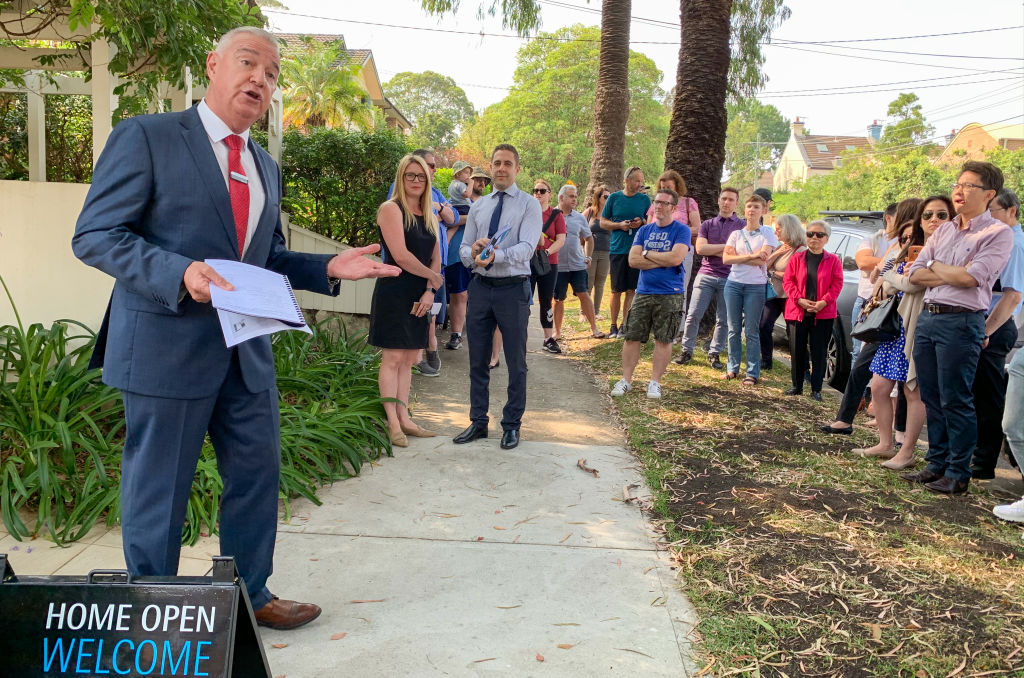
The Australian property market looks set to keep rising in 2020, experts say, but price gains could peter out by mid-year if a new affordability problem emerges.
Last year ended on a remarkable high after the fastest turnaround in history with soaring prices and high clearance rates. Sellers and buyers can expect more of the same for at least the first six months of the new year.
The market will continue to be buoyed by lower interest rates and improved lending conditions but the state of the national economy could slow the pace of gains.
Sydney and Melbourne
Sydney and Melbourne will continue to lead the recovery in 2020, according to Ray White NSW chief executive Jason Andrew.
“We’re seeing phenomenal activity right across Sydney but even into the summer … the results are flowing on quite incredibly,” Mr Andrew said. “We see no reason for that slowing down into the new year.”
He said Melbourne is mirroring the harbour city but it is not as strong a rebound.
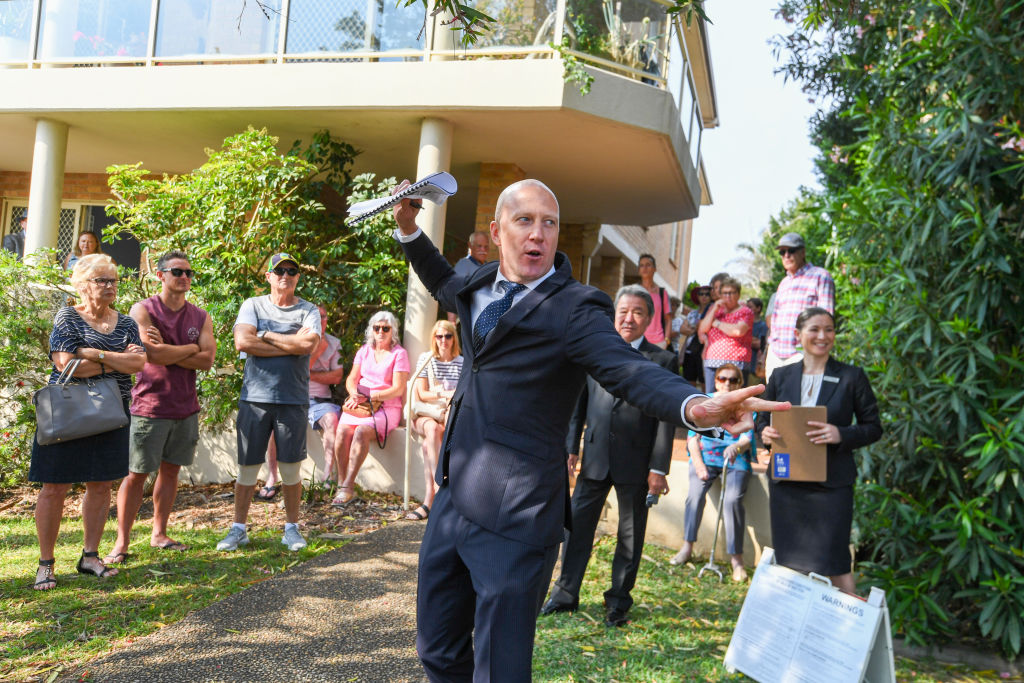
“[Sydney and Melbourne] prices haven’t rebounded back [to] previous heights and I can see them rolling into next year with people confident they aren’t over-paying.”
Mr Andrew said the second half could also yield strong results if more homes are not added to the market in winter.
“It might continue that momentum; then we might be in for a fabulous 2020 … [or] it might just be an okay winter and plateau towards the end of the year.”
But AMP Capital chief economist Shane Oliver said the two cities’ price growth would moderate in the latter half of the year as they are on track to hit all time highs on the current trajectory.
“That’s simply because affordability will become an issue again … Melbourne could [hit record highs] February or March and Sydney could be in May,” Dr Oliver said. “They’ll continue to grow through the year because we’ll be in the same environment of low or even lower interest rates and we’re passing the peaks in units supply.”
“It’s quite easy … it’ll hit all time highs again … it’s not that far away if you continue to grow at the current pace.
“We may even see a renewed tightening by APRA if credit growth continues to pick up.”
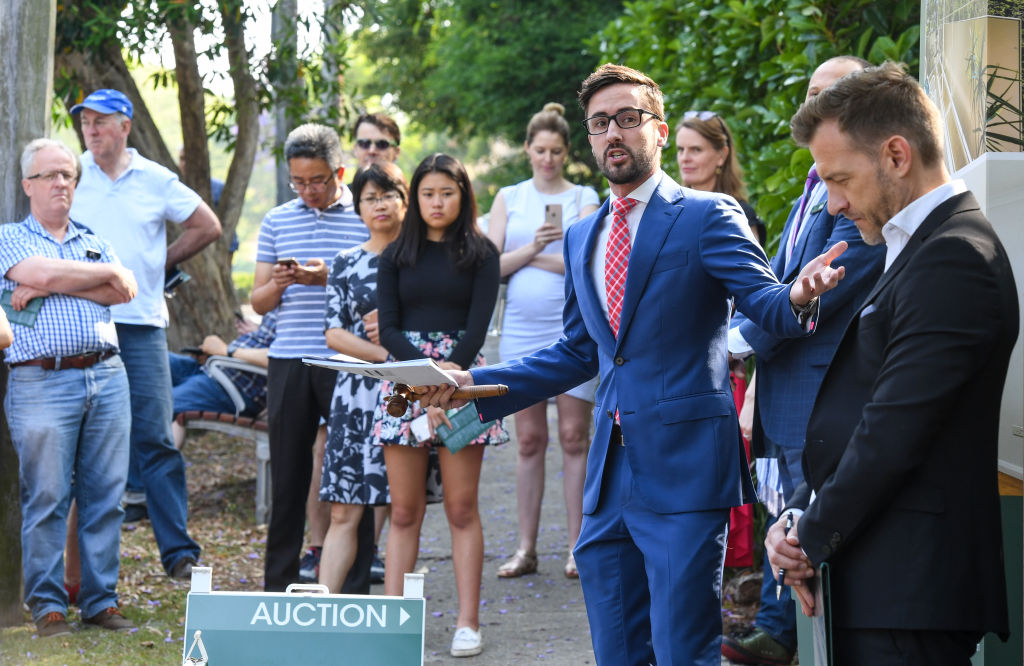
Frasers Property residential executive general manager Cameron Leggatt said further price growth could be held back by the broader economy.
“I do think we’ll see continued price growth in the first half but I think the health of the broader economy and what plays out at an international level will have an impact,” he said. “If there’s any shock to the broader economy, it’ll impact buyer confidence.”
He said the land and apartment market should improve in the new year as little supply has been added.
“It’s obviously been the toughest market we’ve been operating in, in the last two to three-year period,” Mr Leggatt said.
“It does feel like we’ve hit the bottom of the market … we should see values stabilise and potentially volume will pick up,” he said, adding that it depended on macro factors including interest rates, access to credit and jobs and wages growth.
Cooley’s auctioneer Damien Cooley also believed prices would rise this year.
“We thought the boom was over but maybe it is just the beginning,” Mr Cooley said. “The only thing that I can see slowing the market down is if APRA steps in again and put the brakes on lending. A buyer’s ability to borrow money has a direct effect on prices rising or falling.”
He predicted a good year of growth in 2020 with the two major east coast cities leading the way.
Nelson Alexander auctioneer Arch Staver said Melbourne’s property market would return to where it was prior to “interruptions” in the past year.
“The banking inquiry, the reluctance of the banks to lend, all of that disrupted the marketplace. Prior to that it was going along rather nicely … it’ll be reinstated to where it was,” Mr Staver said. “I don’t think huge growth is really possible as experts are saying … because then affordability will become a chronic issue.”
He predicted the unit market will perform better than the housing market, with more properties likely to be up for sale.
“In traditional housing there will be less and less turnover. Unless they have a reason to buy something larger or downsize, they’re not going to move … we’re going to see limited supply.”
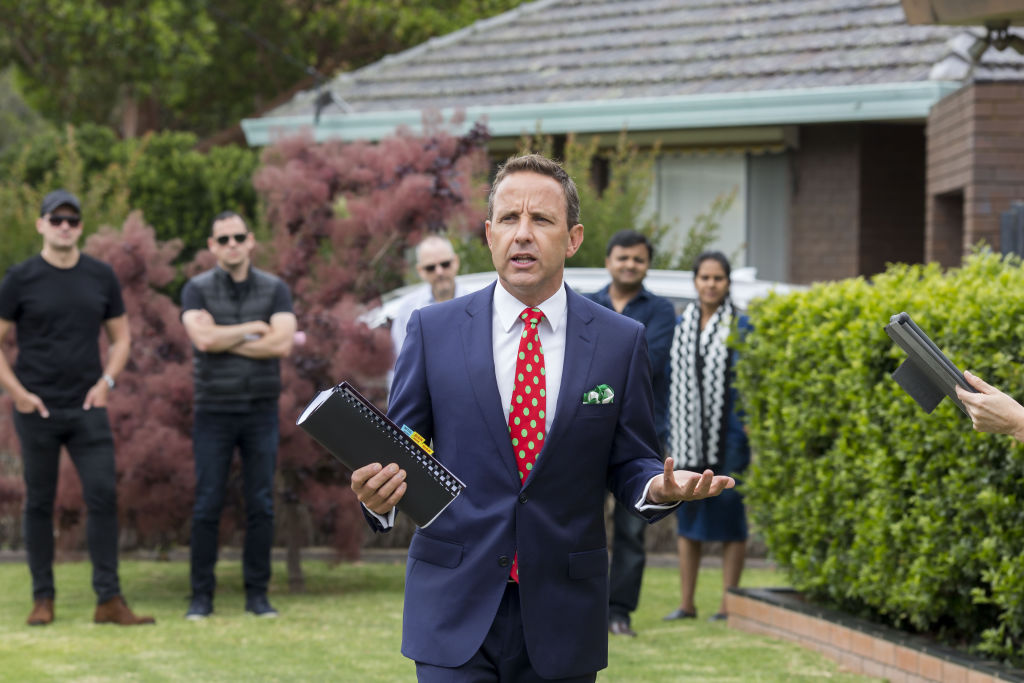
Around the country
Australia’s other states and territories will see a more dotty picture of growth in 2020.
ANZ senior economist Felicity Emmett predicted there would be more uniform price growth across the capital cities as Sydney and Melbourne slow down.
“Perth has been weak for a very, very long time … while we’ve seen green shoots in Perth before and they’ve wilted. This time round we think the other economic indicators have turned,” Ms Emmett said. “Population growth rose sharply and the labour market has really improved. We’ve also seen vacancy rates fall quite dramatically, They’re now down below the national average – that also suggests the environment for growth will be positive.”
She said while Hobart’s outlook looks positive it won’t see high price growth sustained in the longer term.
“When we look around the country all of the capital cities have been affected by the easing conditions, and further rate cuts will help.”
Mr Leggatt said Queensland has the right criteria in place to see price growth for the first half of the year.
“It’s got growing interstate migration and it’s affordable. The supply and demand is in good shape,” he said. “The biggest thing that holds Queensland back is the economy and jobs growth. It’s not as strong as its southern neighbours.”
Meanwhile, Hobart will continue to be an investor’s paradise because of its affordability compared to the mainland, according to Mr Andrew.
“I don’t think prices will dramatically rise there … people invest there primarily for affordability and for returns in yields,” he said, adding that capital gains growth is better achieved elsewhere.
Brisbane, Adelaide and Canberra are all poised to see prices gather pace, according to Dr Oliver.
“They’ll start to look stronger than Sydney and Melbourne by the end of the year because of their relative affordability and vacancy rates,” he said.
He also predicted Perth and Darwin seeing a potential upside after bottoming out in 2019.
But Darwin would be “dependent on individual projects” going ahead before its property market sees a definite turnaround.
We recommend
States
Capital Cities
Capital Cities - Rentals
Popular Areas
Allhomes
More
